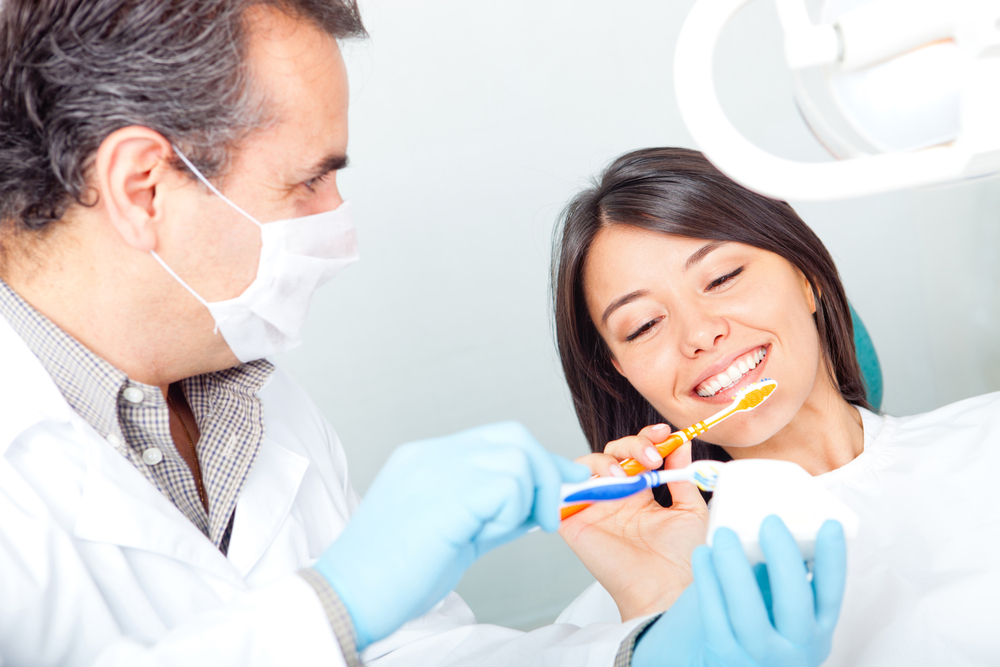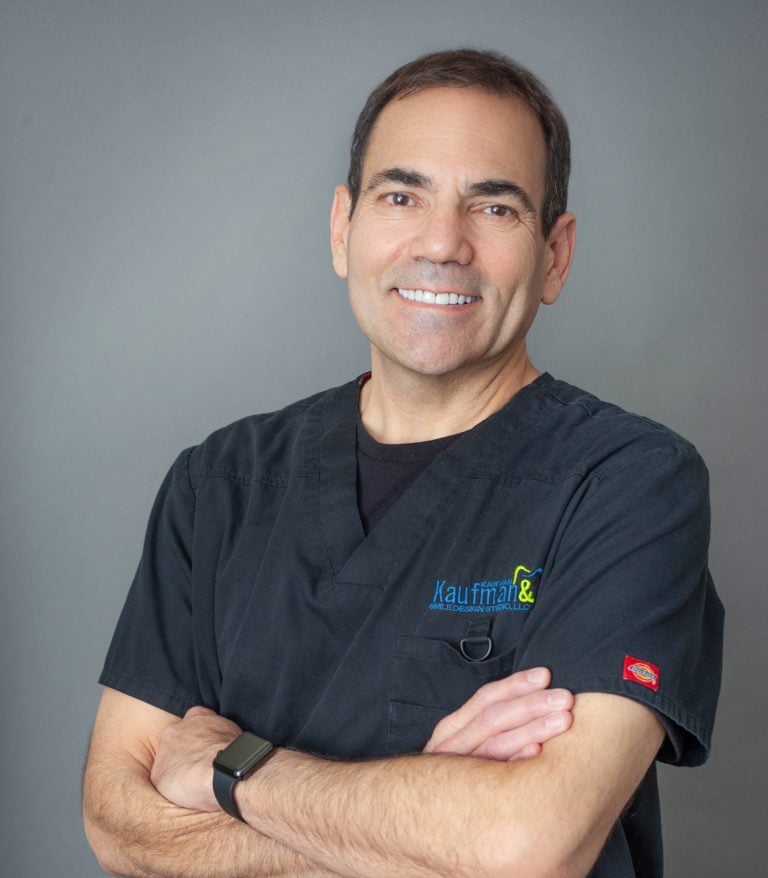
Are you wondering how to clean your dental implants?
If you currently have dental implants or are contemplating scheduling an initial consultation with a dental implant expert, consider this: when it comes to your oral health, cleaning your dental implants is just as important as brushing and flossing your natural teeth.
Many people are surprised to learn that they actually have been cleaning their teeth the wrong way for years, let alone their dental implants. I often hear, ”I have always done it this way.”
Cleaning teeth and dental implants the wrong way may lead to additional oral health problems.
In this blog post, I will teach you how to clean your dental implants the right way so you will protect both your teeth and your dental implants and reap the benefits for many years to come.
How to Clean Your Dental Implants
Many people believe that once they have a dental implant they do not have to worry as much about their oral health. Implants are, however, susceptible to bone loss if they are not maintained properly. This can lead to infections of the area around the implant and potentially even implant loss.
So what exactly is the proper way to clean them?
Master the right brushing method
It's common to brush your teeth in a back and forth motion, similar to sawing back and forth, until you feel like your teeth are clean and slippery. This is the wrong way to brush your teeth.
This motion causes several issues:
- It scrubs away tooth enamel. This makes teeth sensitive to hot and cold liquids and food much sooner than they normally would be.
- It's very abrasive to your teeth and gums. Over brushing can increase your chances of developing cavities and receding gums.
- It does not clean effectively. Since the bristles are moving back and forth, they are essentially bouncing from one tooth to the next, which causes you to miss the spaces in between the teeth to remove plaque and other tiny particles of food.
The right way is to start by placing your toothbrush at a 45 degree angle to where the teeth meet the gums. Then gently move your toothbrush back and forth making sure the bristles cover each tooth and work their way around the sides of the tooth. This method allows you to find all of the food particles and plaque in the spaces between your teeth and your dental implants.
It’s not easy to relearn brushing after you’ve been using one method. Switching over to a new method will take some getting used to, but the results will speak for themselves.
Don't forget to floss
It is critical to first ask your dentist or dental hygienist the step-by-step process to floss around your dental implant.
Since it can be more difficult to floss implants, I personally prescribe patients a water flosser, such as a Waterpik. The use of a water flosser is essential for maintaining gum health and proactively protecting the soft tissue surrounding the dental implant. There are also various types of products you may use, depending on the specific clinical situation. You don't want to miss this step so ask your doctor about the best way to floss and let him or her know of any challenges you are facing.
The Importance of Effective Daily Care
The importance of cleaning properly is often overlooked, but it is an important part of keeping your teeth and gums healthy.
Using the right method to brush your teeth will prevent harmful plaque build-up which can lead to many oral health problems. Brushing properly will prevent:
- Gingivitis: a gum disease that develops when there is plaque beneath the gum line and separated the teeth from gums
- Peri-implantitis: a destructive process that leads to implant loss where the soft tissue surrounding the dental implant becomes inflamed and the hard tissue (alveolar bone), which surrounds the implant for retention purposes, is lost over time
- Cavities: permanent damages in the form of tiny hold on the hard surface of the teeth
- Tooth Decay: damage that occurs when bacteria in your mouth make acids that eat away at a tooth
How to Find a Dental Implant Expert
Learning the proper care for your dental implants and remaining natural teeth will help you maintain your teeth for years to come and restore your confidence and beautiful smile.
This needs to be done in combination with seeing a highly qualified and experienced implant dentist twice a year and sometimes more depending on your specific dental needs.
The dentist consulted for this article was: Louis Kaufman, DDS of Smile Design Studio in Hyde Park, IL.
Nationally recognized as an educator, author, and practicing clinician, Dr. Kaufman brings a special “big-picture” approach to dentistry and his life. Graduating from UIC College of Dentistry in 1995, Dr. Kaufman has been treating patients with fully personalized care for over 25 years. His love for helping patients achieve their dental goals, along with his father’s own work, inspired Dr. Kaufman to become a dentist. Under Dr. Kaufman’s watch, the now 70-year-old practice started by his father has continued to grow and flourish, providing a model for practices across the country.
![]() What are those letters after the dentist’s name? Find out what they mean.
What are those letters after the dentist’s name? Find out what they mean.





